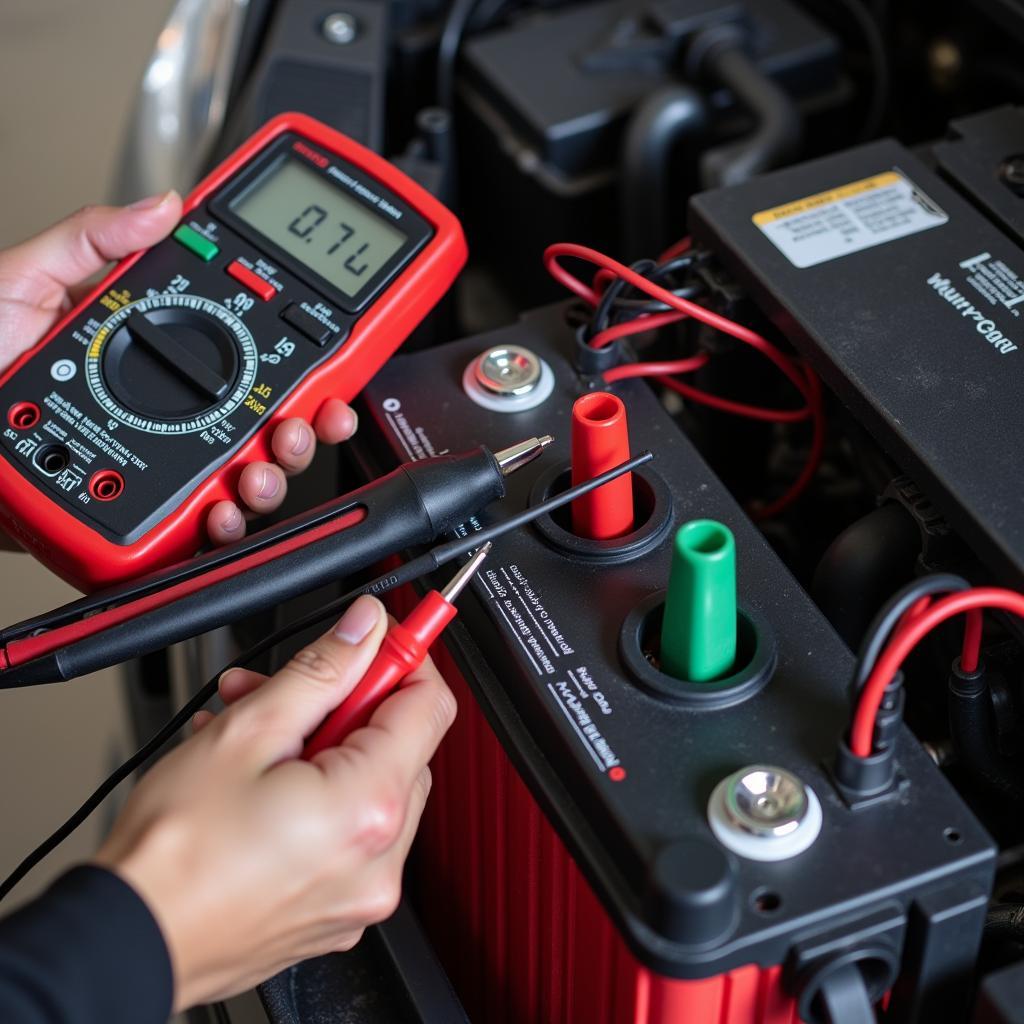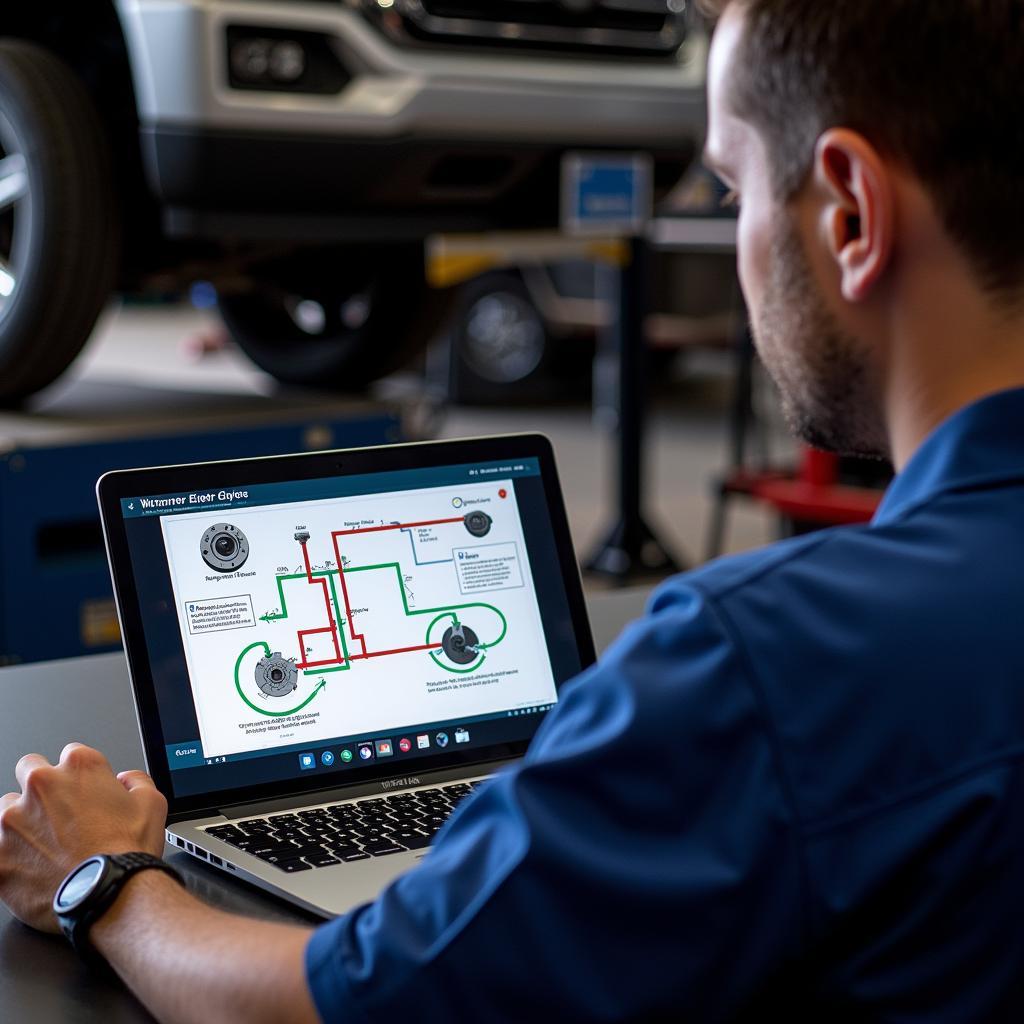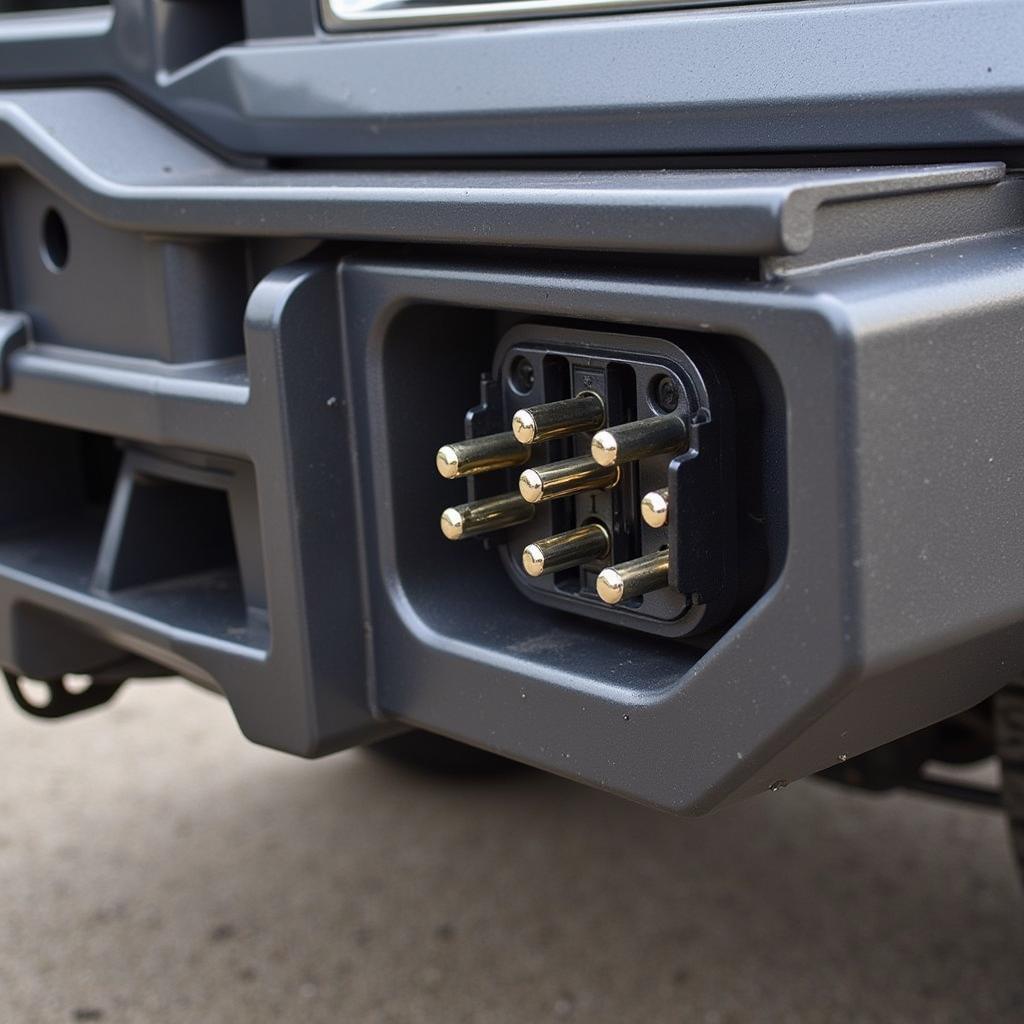Your car won’t start even after a jump? This frustrating situation can leave you stranded and searching for answers. Don’t worry, you’re not alone. This guide dives into the common reasons why your car might refuse to start even with a jump, and provides actionable solutions to get you back on the road. warner elevator brakes on schindler elevator
Why Won’t My Car Start After a Jump?
There are several reasons why your car might not respond to a jump-start, even when you’re sure you’ve connected the cables correctly. It could be a simple issue like a corroded battery terminal or something more complex like a faulty starter or alternator. Let’s explore the most common culprits.
Bad Battery Connection
A poor connection between the battery terminals and the cables can prevent the jump-start from working effectively. Corrosion, loose clamps, or damaged cables can all contribute to this issue.
Dead Battery
While a jump-start can often get a dead battery going temporarily, a severely depleted or internally damaged battery may not hold a charge even with a jump.
Faulty Alternator
The alternator recharges the battery while the engine is running. If the alternator is faulty, it won’t charge the battery, and your car may not start even after a jump-start, as the battery won’t receive the necessary power.
Starter Issues
The starter motor is responsible for cranking the engine. If the starter is malfunctioning, the engine won’t turn over, regardless of whether the battery has power.
Fuel System Problems
A lack of fuel or a faulty fuel pump can also prevent the car from starting, even with a jump. If the engine isn’t getting fuel, it won’t ignite.
Troubleshooting Your Car Starting Problems
Now that we’ve identified some common causes, let’s explore how to troubleshoot these problems and get your car running.
Check the Battery Connections
First, inspect the battery terminals and cables for corrosion or damage. Clean any corrosion with a wire brush and baking soda solution. Ensure the clamps are securely attached to the terminals.
Test the Battery
If the connections are good, the next step is to test the battery. You can use a multimeter to check the voltage. A fully charged battery should read around 12.6 volts. If it’s significantly lower, the battery may need replacement.
Inspect the Alternator
A simple test for the alternator is to start the car (if possible) and disconnect the positive battery cable. If the car stalls, the alternator is likely the issue.
Examine the Starter
A clicking sound when you turn the key could indicate a faulty starter. A more definitive test involves using a multimeter to check the voltage at the starter solenoid.
Verify the Fuel System
Check the fuel gauge to ensure you have fuel. If the fuel gauge shows a reading, but you suspect a fuel pump issue, you can listen for the fuel pump’s hum when you turn the key to the “on” position (without starting the engine).
 Checking Car Battery Voltage with Multimeter
Checking Car Battery Voltage with Multimeter
My Car Still Won’t Start! What Now?
If you’ve tried all these steps and your car still won’t start, it’s time to seek professional help. A qualified mechanic can diagnose the problem accurately and provide the necessary repairs.
“A common mistake people make is assuming a jump-start will solve any starting problem,” says John Smith, ASE Certified Master Technician. “While it can help with a dead battery, it won’t fix a faulty alternator or starter.”
schindler elevator warner brake
Remote Diagnostics and Software Solutions
In today’s automotive landscape, remote diagnostics and software solutions are becoming increasingly prevalent in addressing car starting issues. These advanced tools allow technicians to access your car’s computer system remotely and diagnose problems without even being physically present. Software updates and programming adjustments can sometimes resolve underlying electronic issues that prevent a car from starting. “Remote diagnostics can save valuable time and money,” adds Jane Doe, Automotive Software Engineer. “It allows us to pinpoint issues quickly and often resolve them without the need for a tow truck.”
 Mechanic Using Remote Diagnostics Software
Mechanic Using Remote Diagnostics Software
Conclusion
Dealing with a car that won’t start, even with a jump, can be a major inconvenience. By understanding the potential causes and following the troubleshooting steps outlined above, you can often identify and address the problem. Remember, if you’re unsure or uncomfortable performing these checks yourself, don’t hesitate to contact a qualified mechanic or explore remote diagnostics options. A properly functioning car ensures a smooth and stress-free driving experience.
FAQ
-
How long should I jump-start my car? Usually, a few minutes are enough to transfer enough charge to start the engine.
-
Can jump-starting my car damage it? Incorrect jump-starting procedures can damage the car’s electrical system.
-
What if my car won’t start even after replacing the battery? The problem may lie with the alternator, starter, or another component.
-
How often should I replace my car battery? Typically, every 3 to 5 years, depending on driving conditions and battery quality.
-
Is it safe to jump-start a car in the rain? Yes, as long as you follow proper safety precautions and avoid touching any wet surfaces.
-
What could cause my car battery to drain quickly? A parasitic drain, caused by a faulty electrical component, could be draining the battery even when the car is off.
-
How can I prevent my car battery from dying? Regularly driving your car, avoiding short trips, and ensuring all electrical accessories are off when the car is parked can help prevent battery drain.



